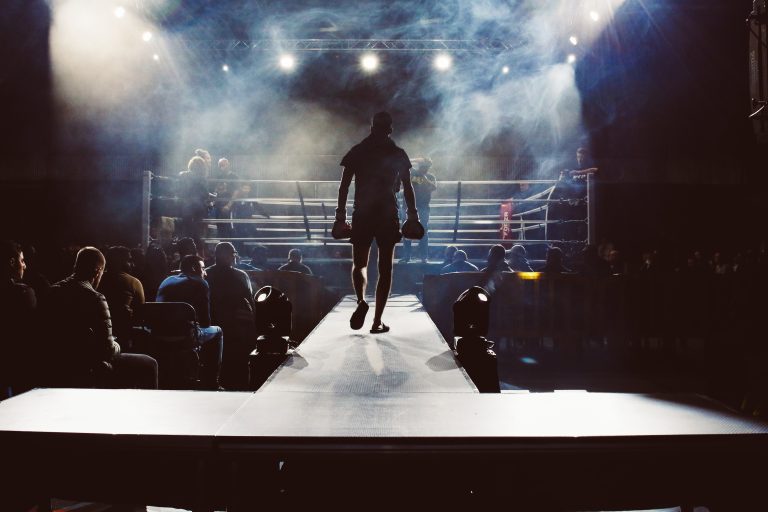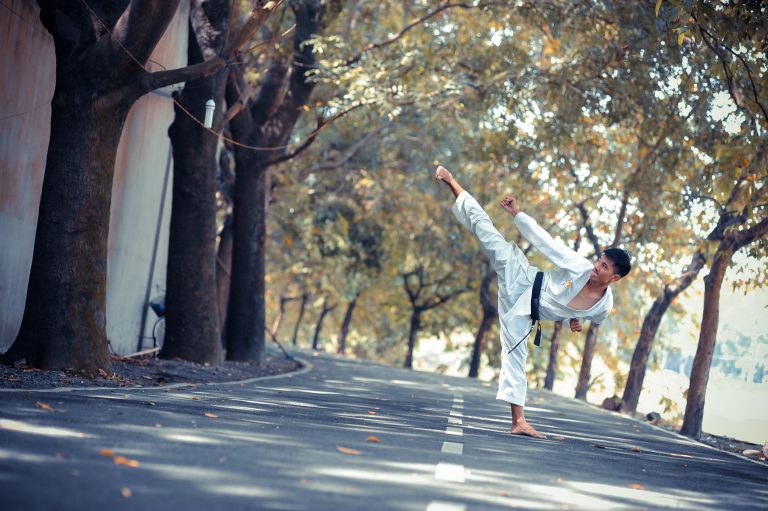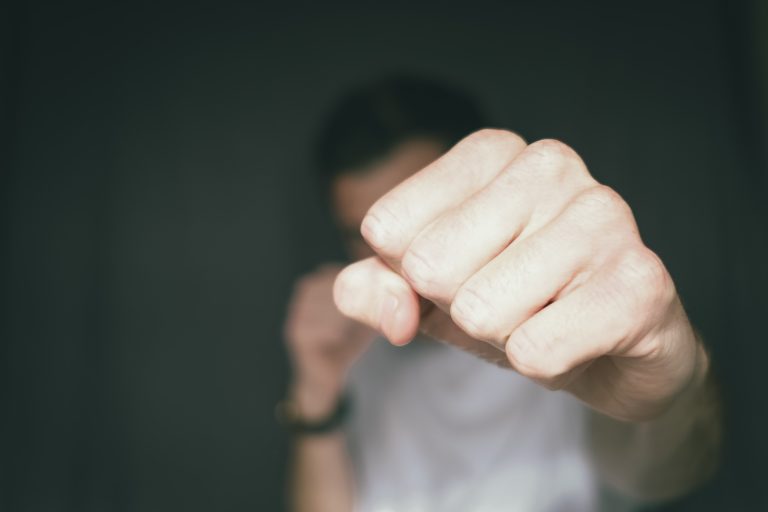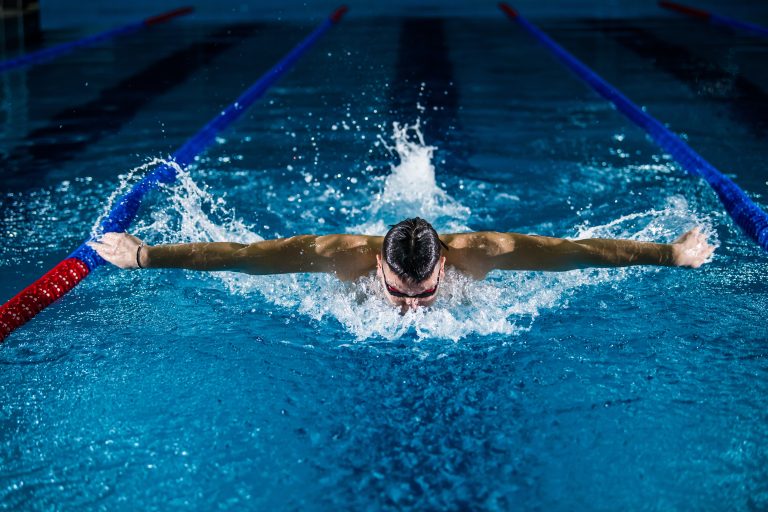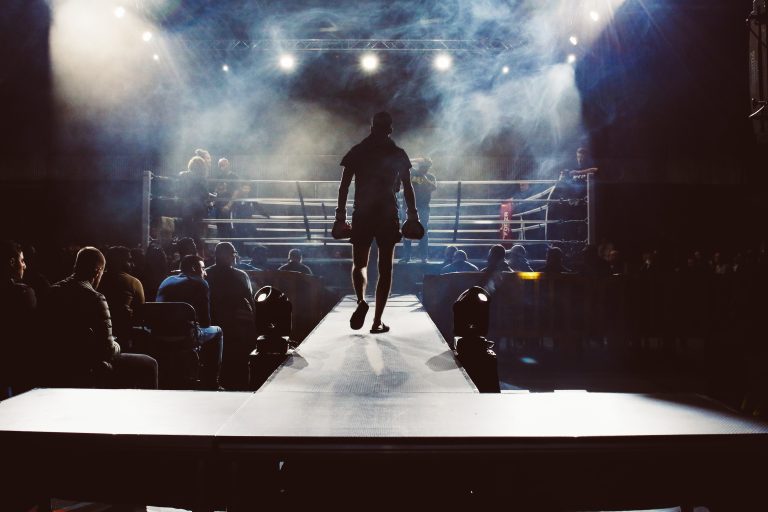Karate: When is It Appropriate to Block a Blow?
Karate is a martial art that requires a high level of discipline and focus. One of the essential components of karate is blocking, which is the act of defending oneself from an incoming attack using one’s arms or legs. Blocking is a crucial aspect of karate that can help ensure the practitioner’s safety during a fight. However, not all blows require blocking, and knowing when to use it is essential for any karateka. In this article, we will explore when it is appropriate to block a blow in karate.
When the Attack is Against the Head or Neck
If an incoming attack is directed towards the head or neck, it is essential to block it. The attacker could cause serious injury or even death if their blow lands in these areas. In such situations, using a blocking technique such as jodan uke (high block) or gedan barai (low block) can help prevent the attack from hitting its target.
When the Attack is Directed Towards the Midsection
When an incoming attack is directed towards the midsection, it may not necessarily require a block. The practitioner can use footwork to evade the attack, but if blocking is the best option, there are various techniques that one can use. Techniques such as chudan uke (mid-section block) or soto uke (outside block) can help protect the body from the incoming attack.
When the Attack is Coming from Multiple Directions
In some situations, an attack can come from multiple directions, making it impossible to use evasion. In such cases, blocking is the best option. A karateka can use techniques such as uchi uke (inside block) or juji uke (cross block) to defend against such attacks. These techniques can help protect the body from different angles of attack.
When the Attack is Unpredictable
Finally, blocking can be useful when an attack is unpredictable. In situations where an attack seems to be coming from different directions or the attacker’s movements are too quick to be evaded, using a blocking technique can help protect the practitioner. Techniques such as nagashi uke (deflecting block) or osae uke (pressing block) can help neutralize the attack and enable the practitioner to counter-attack.
Conclusion
In conclusion, blocking is an essential technique in karate that can help ensure the practitioner’s safety during a fight. However, not all attacks require a block. Knowing when to use blocking is crucial for any karateka. When an attack is directed towards the head or neck, midsection, comes from multiple directions, or is unpredictable, using a blocking technique can help defend against the attack. By mastering the right blocking techniques, a karateka can effectively neutralize attacks and maintain their safety during fights.
Karate: When is It Appropriate to Block a Blow?
Karate, a martial art that originated in Okinawa, Japan, has become increasingly popular worldwide. Karate is known for the techniques that involve various strikes, kicks, and blocks. In Karate, blocking is an essential technique that allows a fighter to defend oneself from incoming attacks.
Blocking a blow is a critical aspect of Karate, but it should be done with caution and precise timing, or it may result in an injury. To help you understand when it is appropriate to block a blow in Karate, we have compiled the most frequently asked questions about the topic.
What is a block in Karate?
A block in Karate is a defensive technique that uses forearms, legs, or hands to stop a direct or indirect attack from an opponent. A successful block can change the course of a fight, preventing injury or damage while creating an opportunity for a counter-attack.
When should you block a blow in Karate?
It is appropriate to block a blow in Karate when an opponent is about to strike you. For example, suppose you see a punch, kick, knee, elbow, or any other attack coming towards you. In that case, you should use a block to defend yourself and neutralize your opponent’s attack.
What are the different types of blocks in Karate?
Several types of blocks are utilized in Karate, including:
1. Gedan Barai – Low block
2. Jodan Uke – High block
3. Soto Uke – Outside block
4. Uchi Uke – Inside block
5. Age Uke – Rising block
6. Shuto Uke – Knife-hand block
How can you determine which type of block to use?
The type of block you use in Karate depends on the attack you’re facing. For instance, suppose your opponent attempts a low kick. In that case, you should use a gedan barai or a soto uke to stop the attack. Similarly, if your opponent tries to hit you with an overhead strike, a jodan uke is an appropriate block.
What is the principle of blocking in Karate?
The principle of blocking in Karate is to use the opponent’s power against them. Instead of trying to stop the attack, one should redirect the force of the attack in a way that makes it ineffective. In this way, a Karate practitioner can minimize the risk of injury while creating opportunities for counterattacks.
Is blocking effective in Karate?
Blocking is an effective technique in Karate, but it should not be relied upon as the only line of defense. A skilled Karate practitioner should be able to blend blocks, strikes, and footwork into a cohesive defense that can adapt to various scenarios.
What are the risks of blocking in Karate?
Blocking can be risky if not executed correctly. Blocking a strike with the wrong angle or timing can result in an injury. Continuing to use blocks repetitively without counter-attacking can also be disadvantageous, as it can lead to tiring and make a fighter predictable.
How can you improve your blocking skills in Karate?
To improve your blocking skills in Karate, you should practice with a partner or a qualified instructor regularly. Pay attention to your body alignment, timing, and distance. Ensure that your blocks are executed with proper rotation of the elbows or knees to absorb the impact without causing injury.
Conclusion
In conclusion, blocking is a fundamental technique in Karate that helps to neutralize incoming attacks while creating opportunities for counter-attacks. Proper timing, distance, and execution are critical to successful blocking, and it should only be used in the appropriate circumstances. To master the art of blocking in Karate, regular practice with a qualified instructor is essential.
Inhaltsverzeichnis

